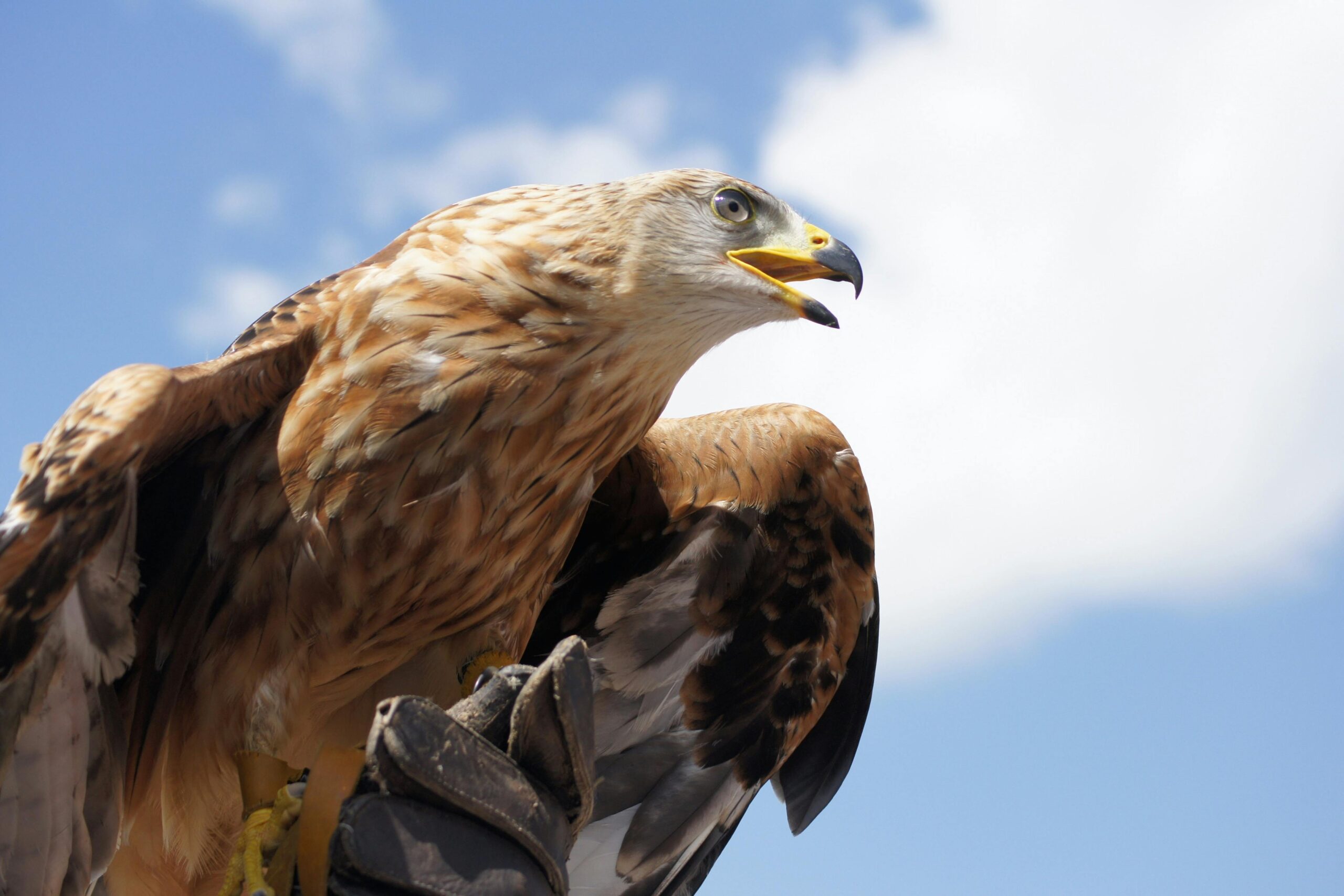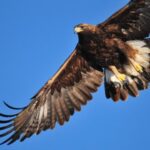Golden Eagles typically learn to fly several weeks before they actually take their first flight. As young birds grow and develop, they can often be seen exercising their wings in preparation for flight. The exact age at which they first fly varies, but it typically occurs at around 10-12 weeks after hatching, when they leave the nest (a process known as fledging).
The Timing of Golden Eagle Fledging
- Golden Eagle chicks typically hatch in late March or early April.
- They begin exercising their wings and preparing for flight around 8-10 weeks after hatching.
- The first flight, or fledging, typically occurs around 10-12 weeks after hatching, usually in late May or early June.
- After fledging, the young eagles continue to be dependent on their parents for several more months, learning hunting and other survival skills.
Golden Eagle Flight Patterns and Speeds
Golden Eagles are known for their impressive flying skills. They are sometimes considered the best fliers among eagles and perhaps among all raptorial birds. They are equipped with broad, long wings with somewhat finger-like indentations on the tips of the wing. Golden eagles often fly in a slight dihedral, which means the wings are held in a slight, upturned V-shape. When soaring, their wings and tail are held in one plane with the primary tips often spread. A typical, unhurried soaring speed in golden eagles is around 45-52 kilometres per hour (28-32 mph).
Wzorce migracyjne orłów złotych
Golden Eagles are migratory, with northern breeders (in Alaska and Canada) migrating up to thousands of miles to wintering grounds, while southern pairs tend to be resident year-round. Departure from breeding grounds typically occurs in the fall, with return in the spring. During migration, they often use soaring-gliding flight, rather than powered flight.
Hunting and Territorial Displays
In terms of specific flight patterns, when hunting or displaying, the golden eagle can glide very fast, reaching speeds of up to 190 kilometres per hour (120 mph). When stooping (diving) in the direction of prey or during territorial displays, the eagle holds its legs up against its tail, and holds its wings tight and partially closed against its body. When diving after prey, a golden eagle can reach 240 to 320 kilometres per hour (150 to 200 mph).
Unique Characteristics of Golden Eagle Flight
Golden Eagles are remarkable flyers, known for their impressive soaring and gliding skills, as well as their incredible speed and agility during hunting and territorial displays. Their tendency to fly in a slight dihedral, with wings held in a slight, upturned V-shape, is not common among other raptors. This, combined with their ability to soar at high altitudes for extended periods of time, makes them truly unique among birds of prey.
Record-Breaking Flights
In 2018, a Golden Eagle was recorded flying at an altitude of 6,800 meters (22,300 feet) over the French Alps, setting a new record for the highest altitude ever recorded for a bird of prey. This incredible feat highlights the remarkable flying abilities of Golden Eagles and their ability to soar at high altitudes for extended periods of time.
Golden Eagle Flight Statistics
- Wingspan: up to 2.3 meters (7.5 feet)
- Weight: up to 6.3 kilograms (14 pounds)
- Gliding Speed: up to 190 kilometers per hour (120 mph)
- Diving Speed: 240 to 320 kilometers per hour (150 to 200 mph)
Referencje:
- When Do Golden Eagles Fledge?
- Golden Eagle Migration and Range
- Strona Wikipedii Złoty Orzeł




